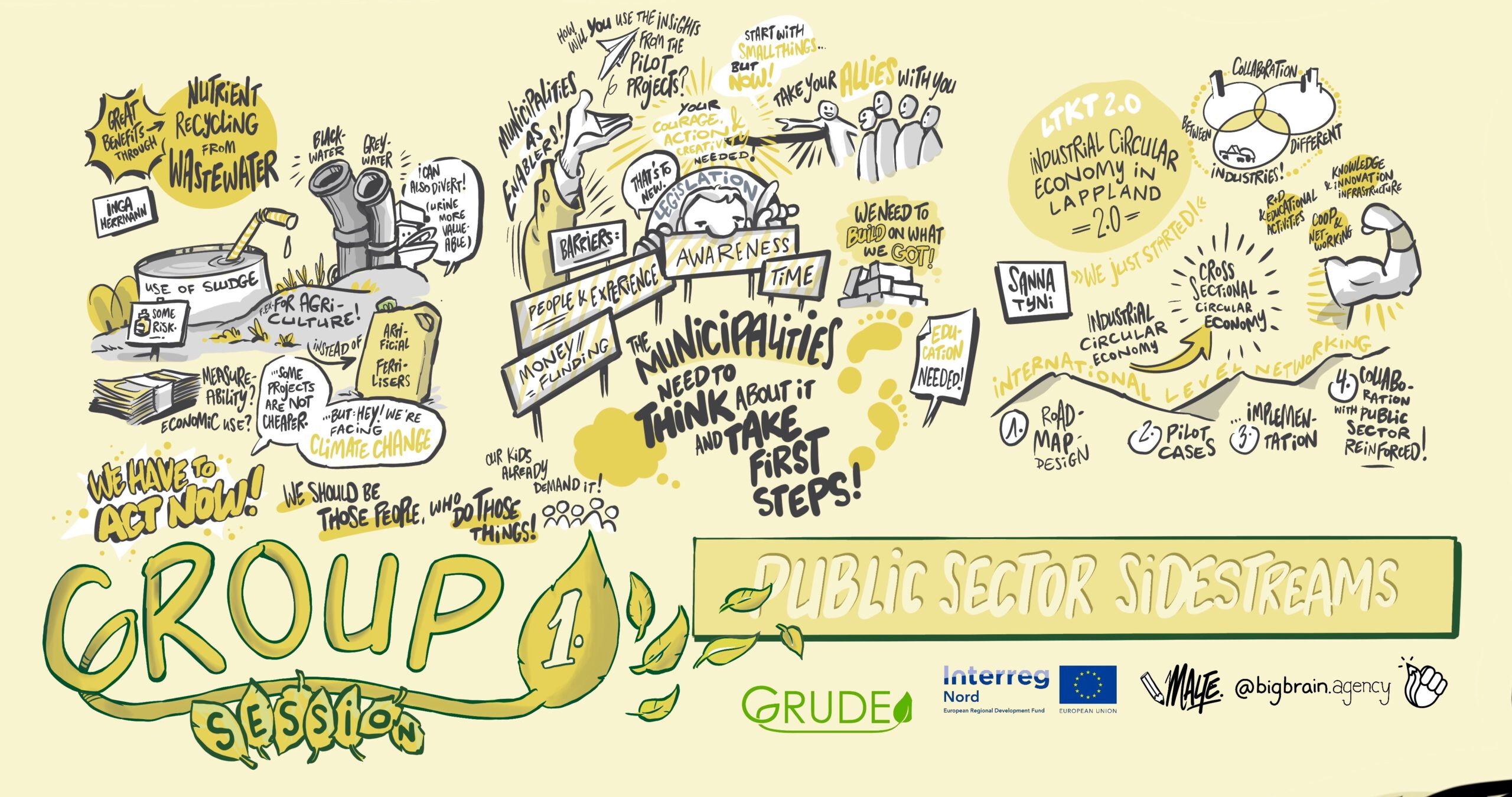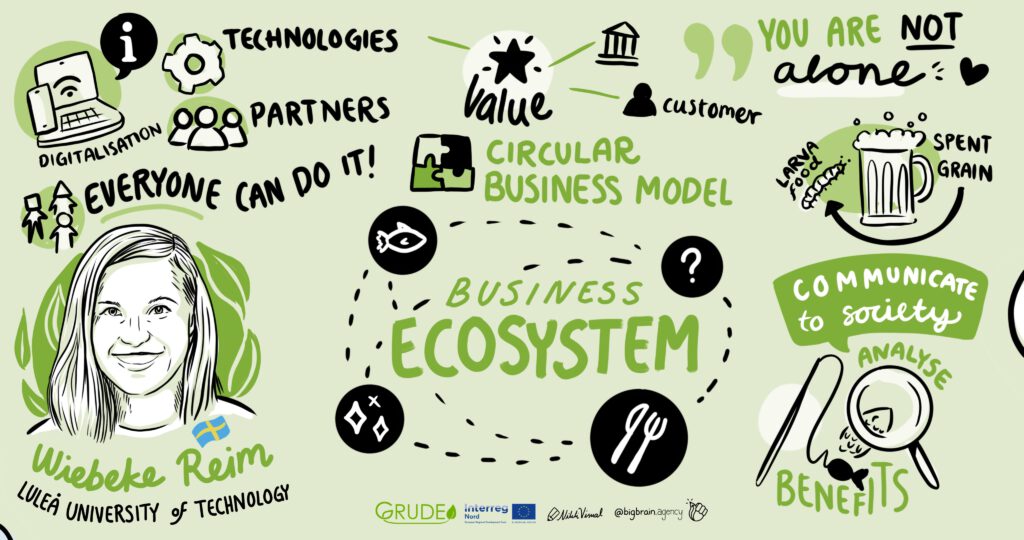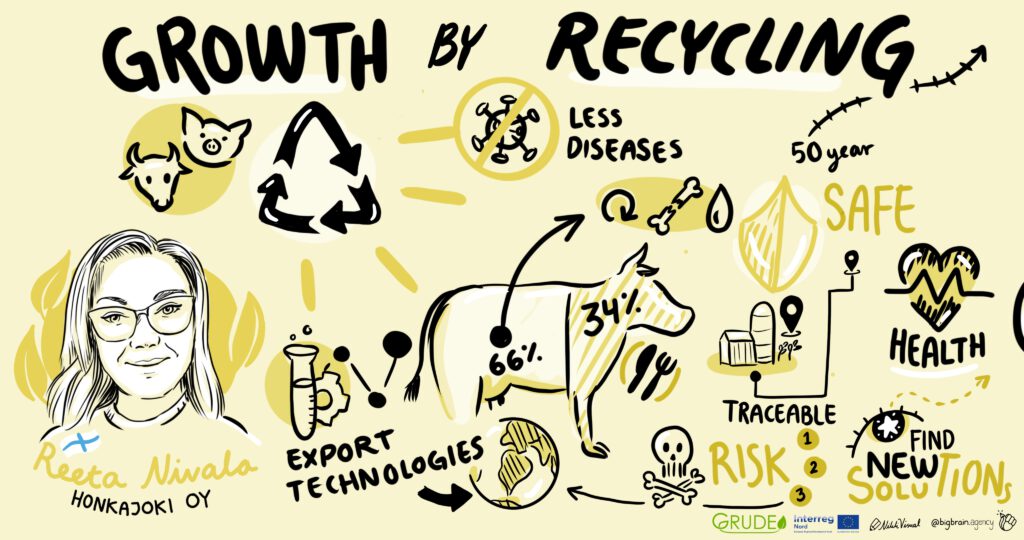The Nordic Circular Arena is a digital platform aiming to become «The Go-to place for everything about circular economy in the Nordics». It was launched on June 15th and is developed and hosted by Nordic Circular Hotspot in collaboration with Nordic Innovation.
The platform is based on findings from a stakeholder survey Nordic Circular Hotspot carried out in 2019 where the findings were that there was a need of a platform in the Nordics:
• To share circular innovation, technology and new business ideas
• For regional knowledge sharing, and capacity building
• To find companies / people with similar circular challenges as their own
• For cross-Nordic business collaboration
• For regional political collaboration
• Where you can find circular experts
These findings were used as the base on how to build the platform. Another wish that came along the way was to be able to include other networks working with circularity to make it a network of circular networks. This in order to truly make it a place for everything about circular economy in the Nordics. GRUDE is one of these networks signing on early on.
The GRUDE project emphasises the rural arctic, and therefore, the GRUDE network will work to create awareness on rural topics and perspectives on Nordic Circular Arena. The goal of our network in the arena is to function as a steppingstone for people working with circular economy in the rural arctic into the global network of Nordic Circular Arena. Here, you can come to seek more knowledge or to get an overview of green initiatives in the region, or even share what they are working on, start a debate or get input. We believe Nordic Circular Arena is the perfect spot for this!
The Nordic Circular Arena is free to use and is a co-creation platform where everyone can contribute to post news, events, ideas, discussions and projects regarding circular economy in the region. The Nordic Circular Hotspot wants everyone to help fil the platform with content and start collaborating. This way we can hopefully accelerate the transition to a circular economy in the Nordics!
The GRUDE network offers several tools to its members:
• Get in touch! The GRUDE network is a steppingstone into bigger network of Nordic Circular Arena
• Gather information and knowledge from the whole Nordics on a topic you are working on, or curious of, on the knowledge database available in the Arena
• Share planned events (webinar, workshops, conferences) in the Nordic Circular Arena to recruit participants
• Are you in the ideation phase of a project? Use the Forums or News feed to test statements or to start a discussion
Join the Nordic Circular Arena and GRUDE network here: https://nordiccirculararena.com/topics/25225
Blogtext by:
Elin Bergman, COO Cradlenet/Co-founder & Managing Partner Nordic Circular Hotspot
Kine Jakobsen, SINTEF Nord/GRUDE project












